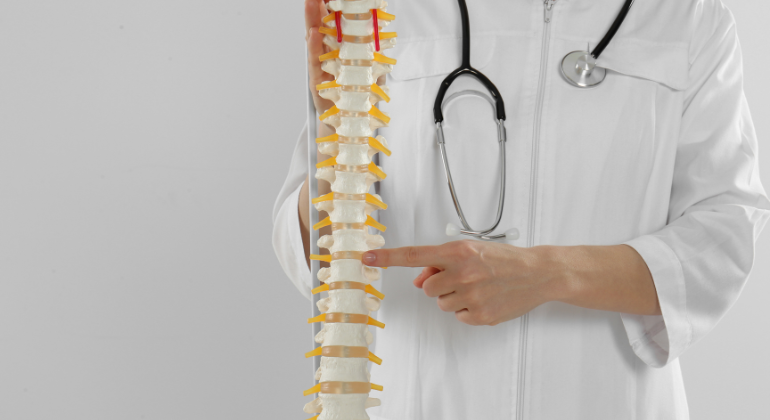In today’s fast-paced lifestyle, an increasing number of people are experiencing digestive problems, core weakness, and poor posture. These issues are usually blamed on modern eating habits, high stress levels, and lack of physical activity. While these factors certainly play a role, a lesser-known but significant cause is often overlooked — a physical condition called Navel Displacement, commonly referred to as Nabhi Dosh.
Navel Displacement occurs when the belly button (navel) shifts away from its natural central position due to reasons like physical strain, improper lifting, sudden twisting, weak abdominal muscles, or even emotional stress. Though it sounds minor, this imbalance can disrupt the body’s internal harmony and affect multiple systems.
The condition is often ignored because its early symptoms—such as bloating, indigestion, acidity, constipation, fatigue, or unexplained discomfort—mimic common health issues. However, when left untreated, it can gradually impact digestion, posture, energy levels, and muscular coordination. Awareness of this condition is the first step toward better health and a more balanced body.
What Is Navel Misalignment and Why It’s Often Overlooked
Navel Misalignment is not a disease but a structural imbalance of the core muscles.
Your navel (belly button) lies at the center of your body, surrounded by important muscles, fascia (connective tissue), and organs. Any shift in its position disturbs the muscle balance, nerve functions, and organ alignment.
Since this condition does not cause sudden severe pain, many people fail to recognize it early.
However, the recurring symptoms keep coming back, such as:
- Frequent bloating
- Gas formation
- Abdominal tightness
- Lower back pain
- Poor posture
Most people waste time on quick remedies without treating the actual cause — which is why awareness is so important.
10 Harmful Effects of Navel Misalignment on the Body

Let us understand the most common and harmful Health Problems Caused by Navel Displacement in detail:
1. Chronic Bloating and Excess Gas Formation
When the abdominal muscles lose their balance, the intestine does not function properly. This leads to slow digestion, trapped gas, and frequent bloating after meals.
People often mistake it for poor digestion alone, but it could be due to navel misalignment affecting gut movement.
2. Irregular Bowel Movements
Navel displacement can cause the intestines to get slightly compressed or tight on one side — leading to constipation, hard stools, or irregular bowel patterns.
It also affects peristaltic movement (intestinal contractions), making digestion slow.
3. Core Muscle Weakness
Since the abdominal muscles lose balance, they fail to provide proper support to the spine and pelvis. This causes core weakness, difficulty in maintaining posture, and lack of strength during daily activities like bending or lifting.
Over time, this can lead to injury or hernia risk if left untreated.
4. Poor Posture and Spinal Misalignment
A weak core results in compensatory changes in your spine. One shoulder may appear higher, or the pelvis may tilt on one side — leading to back pain and postural deformities.
People who sit long hours are at higher risk because poor posture worsens the condition.
5. Pelvic Floor Dysfunction
In chronic cases, navel displacement affects pelvic stability — especially in women. It may lead to pelvic muscle tightness, urinary issues, or lower abdominal discomfort.
Postpartum women are particularly vulnerable if core rehabilitation is not done properly.
6. Lower Back Pain and Stiffness
When the core muscles cannot support the lumbar spine, the lower back gets overloaded. This leads to chronic stiffness, pain during bending, or inability to stand for long periods.
Ignoring these signs can cause disc issues in the long run.
7. Uneven Muscle Development
In people who exercise regularly or go to the gym, navel misalignment can cause one side of the abdomen to become tighter or more developed than the other.
This muscle imbalance increases injury risk and affects workout performance.
8. Menstrual Irregularities or Pelvic Discomfort in Women
While not directly a cause of hormonal changes, navel displacement can lead to lower abdominal tightness, affecting blood circulation and muscle relaxation during menstruation.
Some women report irregular cramps or heaviness during their cycle due to this condition.
9. Disrupted Breathing Patterns
A tight core and misaligned abdominal muscles prevent proper diaphragmatic breathing. This results in shallow chest breathing, increasing stress levels and reducing oxygen flow during physical activities.
10. Physical Instability, Fatigue & Poor Body Balance
The longer this condition stays untreated, the more your body loses its natural balance.
People often feel unstable while walking, fatigue during basic physical activities, or a feeling of being “off-balance” because the core muscles are not working in harmony.
How Navel Misalignment Affects the Body — Internally and Structurally

Internal Effects:
- Sluggish digestion
- Poor absorption of nutrients
- Hormonal imbalance due to stress
- Slow metabolism
Structural Effects:
- Muscle weakness around the abdomen
- Spine and pelvic misalignment
- Tightness in hip flexors and lower back
- Compensation by other muscles leading to joint strain
These changes often lead to long-term postural deformities if ignored.
What Are the Side Effects of Navel Displacement?
Some additional side effects include:
- Acid reflux or heartburn
- Loss of appetite
- Constipation or diarrhea cycles
- Back or hip pain
- Reduced flexibility in workouts
- Stress and anxiety due to poor gut health
Treating the root cause with physiotherapy, core exercises, and manual therapy is essential for lasting relief.
Can Navel Misalignment Affect Digestion and Muscle Function?
Yes, definitely.
Misalignment affects:
- Intestinal mobility
- Muscle coordination
- Strength of core stabilizing muscles
- Breathing capacity
- Energy levels during activity
Without correcting this, symptoms keep returning despite diet changes or medications.
When Should You Seek Professional Help?
Consult a physiotherapist or chiropractor if:
- Your symptoms are frequent or getting worse
- You feel weakness in the core or back
- You have a visible postural change
- Exercise alone is not helping
- Pain or tightness near the navel persists
Painflame — Best Physiotherapy Clinic in Gurgaon for Navel Displacement Treatment
At Painflame, we offer personalized care for Navel Displacement Treatment through:
- Detailed body assessment
- Chiropractic adjustments
- Core strengthening physiotherapy
- Manual therapy for abdominal release
- Posture correction programs
We combine natural healing with advanced therapy techniques for long-term recovery.
Recent Blog : 5 Effective Exercises to Fix Navel Displacement at Home Naturally
Frequently Asked Questions (FAQs)
What is the main reason for navel displacement?
The most common reasons for navel displacement include lifting heavy weights incorrectly, sudden twisting movements, injuries, weak abdominal muscles, poor posture, and stress-related muscle tightness. These factors can shift the belly button from its center alignment.
Can navel misalignment cause stomach pain?
Yes, navel misalignment can cause mild to moderate stomach pain, especially around the belly button area. This pain often comes with tightness, bloating, or discomfort after eating or during certain movements like bending or twisting.
Is massage helpful in treating navel displacement?
Abdominal massage can sometimes provide temporary relief from tightness or bloating caused by navel displacement. However, for long-term correction, physiotherapy, core strengthening exercises, and manual therapy are more effective and safer.
How long does it take to treat navel displacement?
The recovery time for navel displacement depends on its severity and how long the condition has been present. Mild cases may improve within 1-2 weeks with regular exercises, while chronic conditions might need 3-6 weeks of physiotherapy and posture correction.
Can navel displacement go away on its own?
In some very mild cases, especially if caused by temporary muscle strain, the navel may realign naturally over time. However, most cases require structured treatment like exercises, posture correction, or professional therapy for permanent results.
Can navel displacement affect weight loss or fitness progress?
Yes, an unstable core due to navel displacement can limit your fitness progress. It affects muscle function, workout performance, and digestion — which together can slow down weight loss or muscle gain efforts.
Which is the best physiotherapy clinic in Gurgaon for navel displacement treatment?
Painflame is one of the best physiotherapy and chiropractic clinics in Gurgaon offering expert treatment for navel displacement, core muscle strengthening, and posture correction. With personalized therapy plans and experienced physiotherapists, Painflame ensures safe and long-term recovery for patients facing abdominal or core-related health problems.







